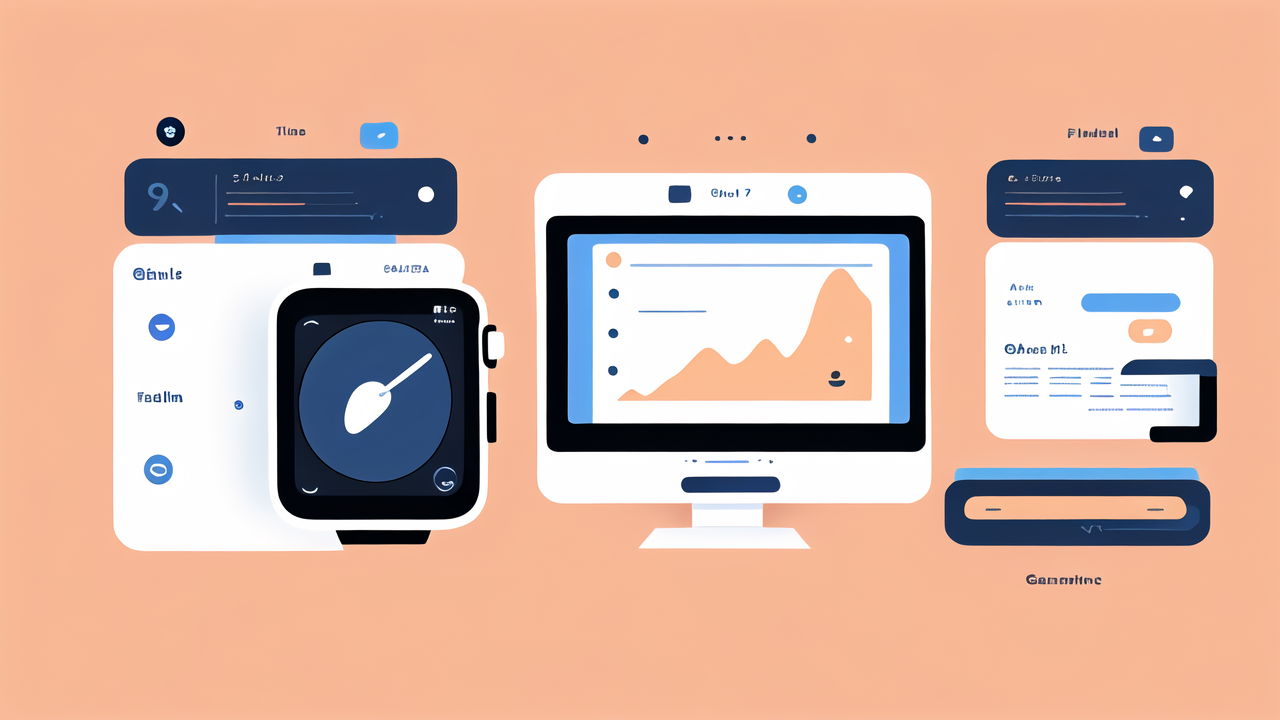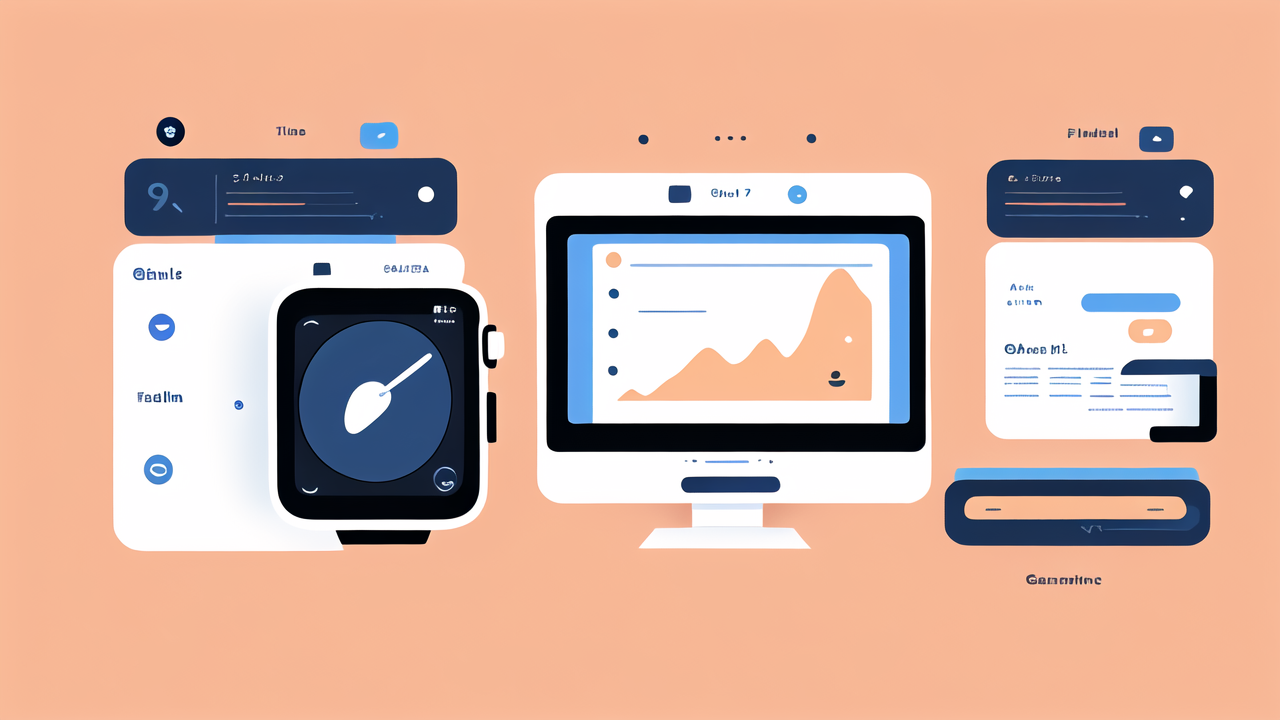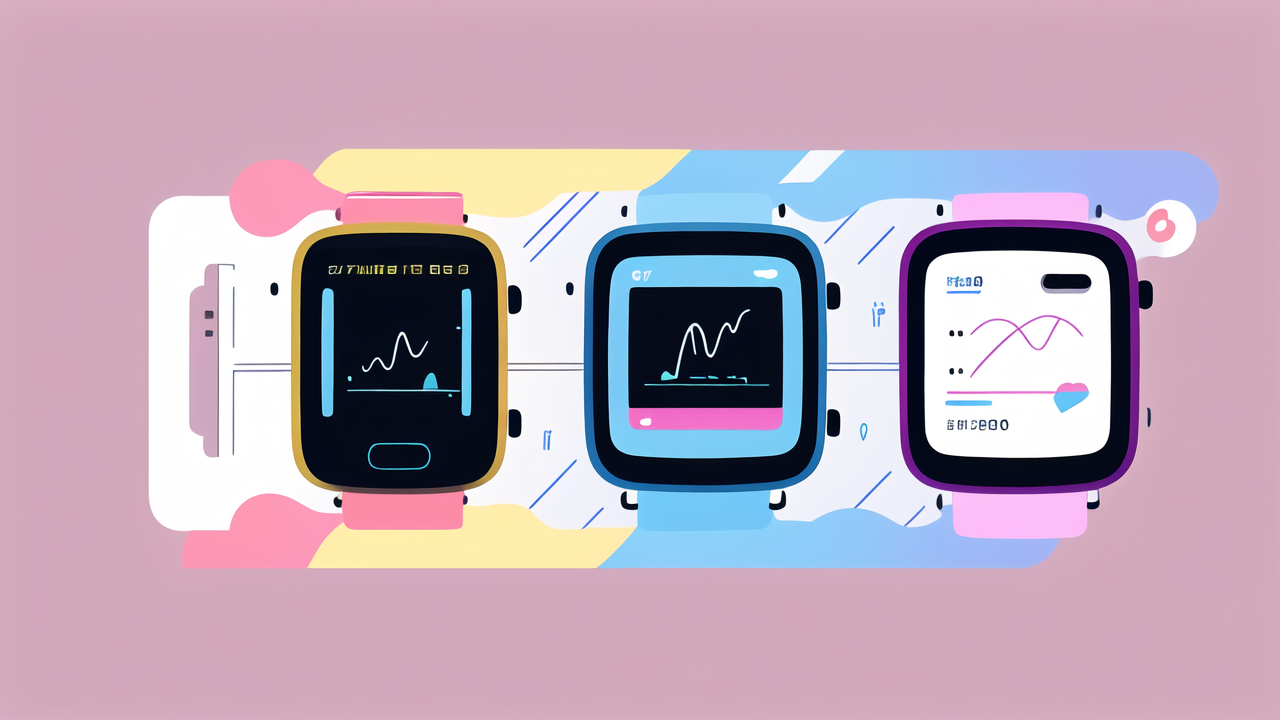Understanding the Smart Watch Market in the United States
The Rise of Wearable Technology: From Fitness Bands to Smartwatches
Wearable tech has come a long way in the US. It started with simple fitness bands. These tracked steps and sleep. Now, we have smart watches. They do so much more. Smart watches are mini computers on our wrists. They connect to our phones and the internet. They track health data and show notifications. The shift from basic bands to smart watches has been quick. It shows how fast tech can change.

Smart watches offer features that fitness bands can't match. They have bigger screens and more power. This lets them run apps and do complex tasks. Many people now prefer smart watches over simpler devices. They want a device that can do it all. Smart watches fit this need perfectly.
Market Trends: What Drives the Popularity of Smart Watches?
Several factors make smart watches popular in the US. First, they're convenient. They let us check info without taking out our phones. This is great for busy people. Second, health features are a big draw. Many watches track heart rate, steps, and sleep. Some even measure blood oxygen levels. This appeals to health-conscious consumers.
Another trend is style. Smart watches come in many designs. They can be sporty or dressy. This variety helps them appeal to different people. Customization is also key. Users can change watch faces and bands. This lets them match their style or mood.
Lastly, smart watches are getting more affordable. There are options at many price points. This makes them accessible to more people. As prices drop, more consumers are willing to try them out.
Key Players and Innovations in the US Smart Watch Industry
The US smart watch market has several major players. Apple leads with its Apple Watch. It's known for its sleek design and deep iPhone integration. Samsung is another big name. Their Galaxy Watch series offers features for Android users. Fitbit, now owned by Google, brings its fitness expertise to smart watches.
Garmin is popular among athletes and outdoor enthusiasts. Their watches focus on GPS and fitness tracking. Fossil brings fashion expertise to smart watches. They offer stylish options that look like traditional watches.
Innovation is constant in this field. Companies are always adding new features. Recent innovations include ECG monitoring and fall detection. Some watches now have cellular connectivity. This means they can work without a phone nearby.
Technology and Functionality: The Heart of Smart Watches
Cutting-Edge Features: What Sets Today's Smartwatches Apart?
Today's smart watches are packed with features. They go far beyond telling time. Many have built-in GPS. This is great for tracking runs or finding directions. Heart rate monitors are standard now. They help users keep an eye on their health.

Some watches can measure blood oxygen levels. This is useful for athletes and those with health concerns. ECG features can detect irregular heart rhythms. This could help catch heart issues early.
Voice assistants like Siri or Google Assistant are common. They let users control their watch hands-free. NFC chips allow for contactless payments. Users can pay for things with just their watch.
Water resistance is another key feature. Many watches can be worn while swimming. This adds to their versatility. Battery life has also improved. Some watches can last several days on a single charge.
The Role of AI and Machine Learning in Smart Watch Development
AI and machine learning are changing smart watches. These technologies make watches smarter and more useful. AI helps watches learn user habits. It can then offer personalized suggestions. For example, it might remind you to stand up if you've been sitting too long.
Machine learning improves health tracking. It can detect patterns in your activity and sleep. This helps provide more accurate health insights. AI also powers features like fall detection. The watch can learn to tell a real fall from normal movements.
Voice assistants use AI to understand and respond to commands. They get better at recognizing speech over time. This makes the watch easier to use hands-free. AI also helps with battery management. It can learn when you use your watch most and adjust power use accordingly.
How Smart Watches Enhance Lifestyle and Wellness
Smart watches are becoming key to many people's daily lives. They help manage notifications without constant phone checking. This can reduce distractions and save time. Many users find this helps them stay more present in their activities.
Wellness features are a big part of smart watch appeal. Step counting encourages more movement. Sleep tracking helps users understand their rest patterns. Heart rate monitoring can alert users to potential health issues. Some watches even remind users to take deep breaths to reduce stress.
For fitness enthusiasts, smart watches are invaluable. They track workouts with precision. Many offer guided exercises right on the wrist. This is like having a personal trainer always available. GPS features help runners and cyclists map their routes.
Smart watches also enhance safety. Emergency SOS features can call for help if needed. Fall detection is especially useful for older adults. It can automatically alert emergency contacts if a fall is detected.
The Future of Smart Watches in the Wearable Tech Landscape
The Potential for Smart Watches in Healthcare and Wellness
Smart watches have huge potential in healthcare. They're already tracking basic health data. In the future, they might do even more. We could see watches that monitor blood sugar levels. This would be a game-changer for people with diabetes.

Mental health tracking is another possibility. Watches might detect stress levels and mood changes. They could then offer coping strategies or alert caregivers. Some researchers are working on ways to detect diseases early using smart watches.
Telemedicine could also benefit from smart watches. Doctors might use watch data to monitor patients remotely. This could improve care for people with chronic conditions. It might also reduce the need for in-person visits.
As technology improves, smart watches could become vital health tools. They might even save lives by detecting emergencies early. This potential is driving lots of research and development in the field.
Wearable Technology and the Workplace: Integrating Smart Watches
Smart watches are finding their place in the workplace. They can help with time management and organization. Quick access to calendars and notifications can boost productivity. Some companies are exploring using smart watches for employee badges or access control.
In certain industries, smart watches have specific uses. For example, in healthcare, they can help track patient data. In logistics, they can assist with inventory management. Factory workers might use them to receive alerts about machinery.
Privacy concerns are important when using smart watches at work. Companies need clear policies on data collection and use. Despite challenges, many see potential in workplace wearables. They could improve communication and efficiency in various fields.
Anticipating Changes: What's Next for the Smart Watch Industry?
The smart watch industry is always evolving. We can expect to see more advanced health features. Blood pressure monitoring and hydration tracking are possibilities. Improved battery life is another likely focus. Companies are working on ways to make watches last longer between charges.
Design may change too. We might see more flexible or modular designs. This could allow for more customization. Some predict smart watches might eventually replace smartphones for some users. This would require major advances in functionality and connectivity.
Integration with other smart devices will likely increase. Watches might control smart home devices more easily. They could become central hubs for personal tech ecosystems. As 5G networks expand, smart watch connectivity will improve. This could enable new features and faster performance.
The future of smart watches looks bright and innovative. They're set to become even more integral to our daily lives. As technology advances, these devices will continue to revolutionize how we interact with tech.




Leave a comment
This site is protected by hCaptcha and the hCaptcha Privacy Policy and Terms of Service apply.